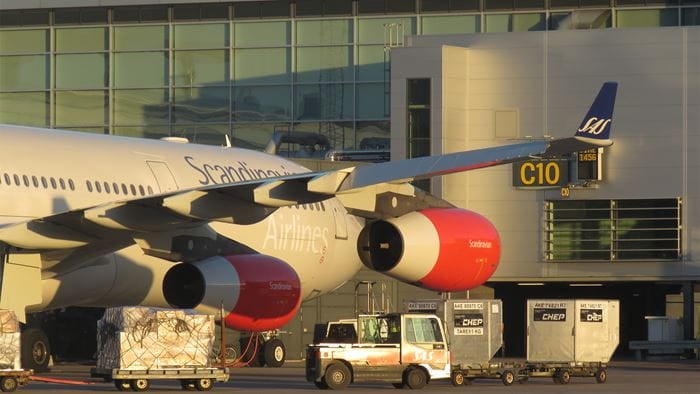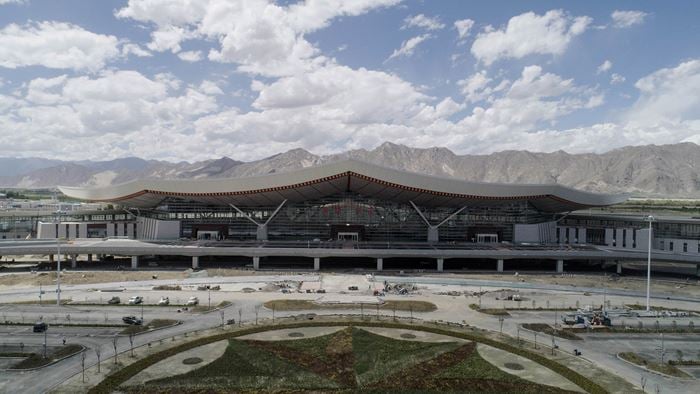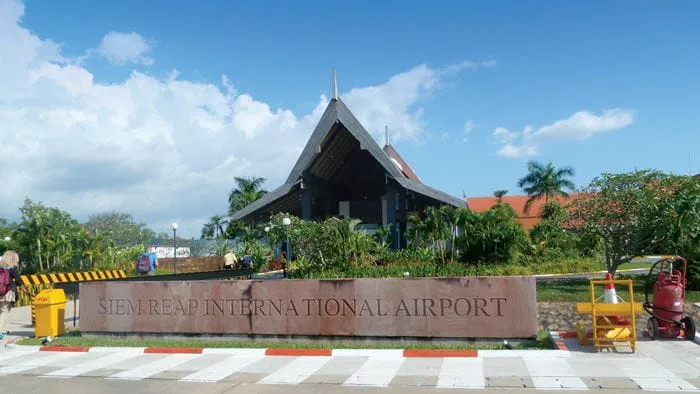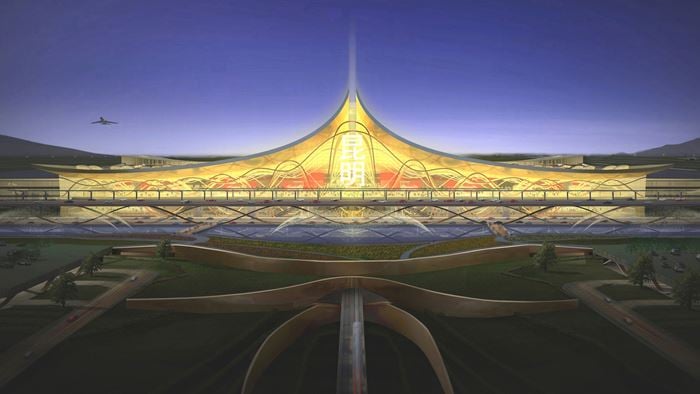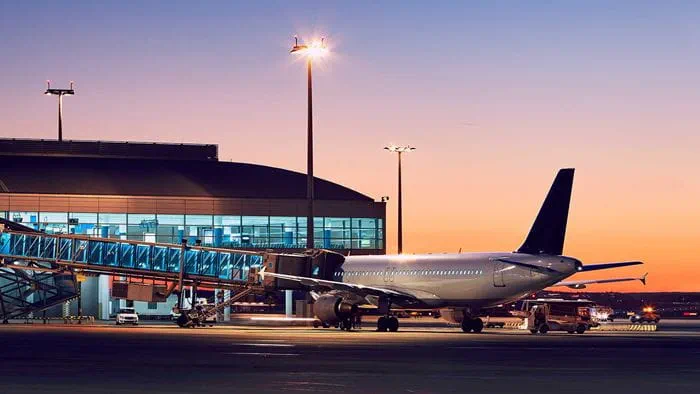If they are going to meet the needs of tomorrow’s tech-savvy and hyper-connected travellers (the iGeneration), airports must use technology to turn journeys into seamless experiences.
This has to start at the point of your first interaction. You should be able to use your smartphone at home to choose and book the best transport option to get to the airport, based on stored preferences such as journey times, cost, environmental preferences and even how much luggage you need to carry.
On the way to the airport, your smart device would give you real-time information and travel updates – helping you find alternative routes if you’re delayed. For example, this would not only tell you that your train is delayed but give you details of another service and confirm whether your ticket will be valid.
When you arrive at the airport, the seamless experience should continue. You would receive tailored travel information and offers from the shops and restaurants, sent directly to your phone. Having an electronic boarding pass and radio-frequency identification (RFID) tags for your bags would make it easy for you to drop off your luggage and board the plane.
If you think this sounds all very efficient and yet all still a long way from the current reality, you’d be right. One of the biggest barriers to transforming air travel into this sort of experience is the fact that no single organisation is able to take ownership of the customer throughout the process.
What’s more, airlines and airports aren’t yet on the same page about how they should generate revenue. I think they need to create a shared value business model that improves the overall experience for all passengers using an airport whilst providing the return on investment that the shareholders require.
The good news is that I think competition will drive airports to create a more seamless experience. Longer-range aircraft, the rise of high-speed rail and people’s increasing expectations of airport facilities mean the world will need fewer mega-hub airports. As operators compete, customer experience offers them a way to differentiate themselves.
Behind the scenes, airports will need to make more use of technology to operate efficiently. As airports grow larger, big data can help them analyse and respond to situations in real time – ensuring they are resilient and that passengers continue to enjoy the best possible experience.
There is clearly scope to make better use of technology for air travel, but I have one caveat: people will always need to interact with people. The advantage of technology is that it offers us the opportunity to deploy that interaction where it’s most effective.
So you might not necessarily want a person to load your baggage for you, but if you don’t have a smart device you might like the option of using a printed boarding pass and having someone check you in. We’re all human after all.
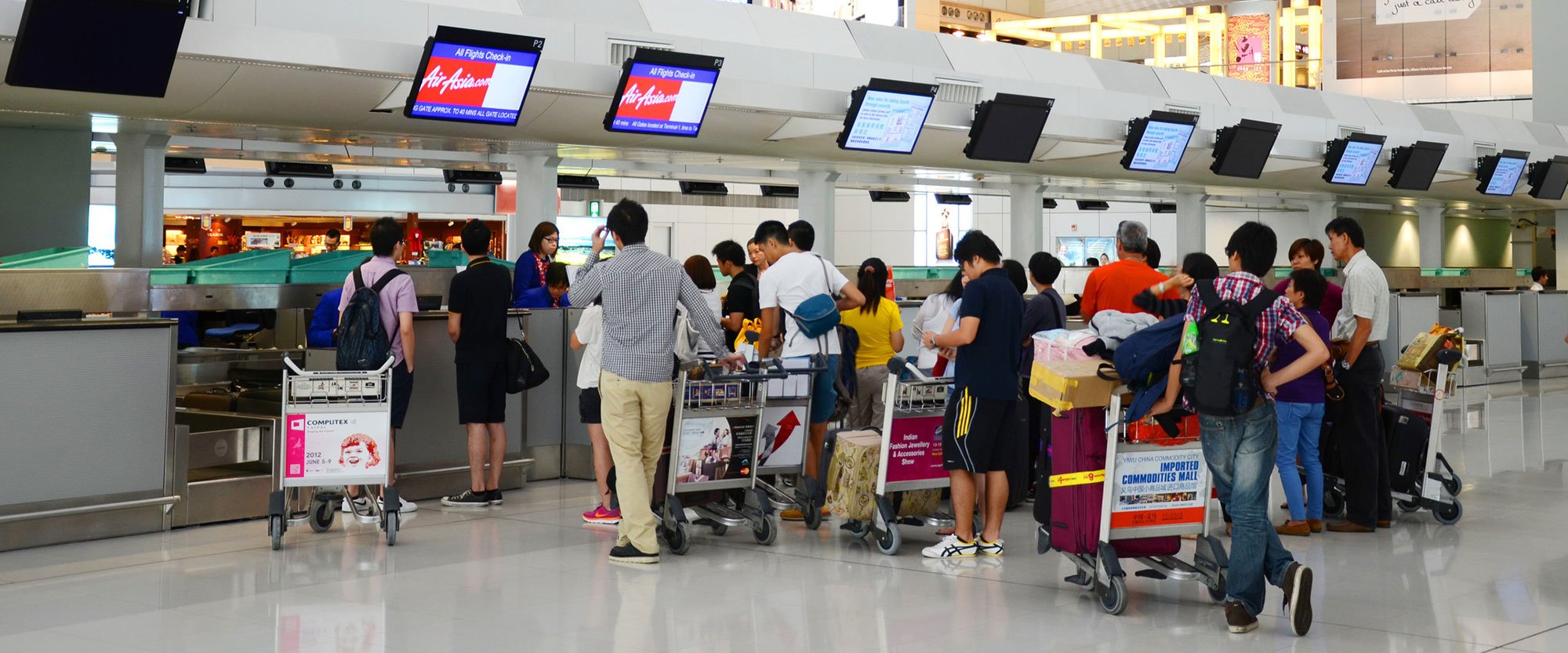 ;
;

